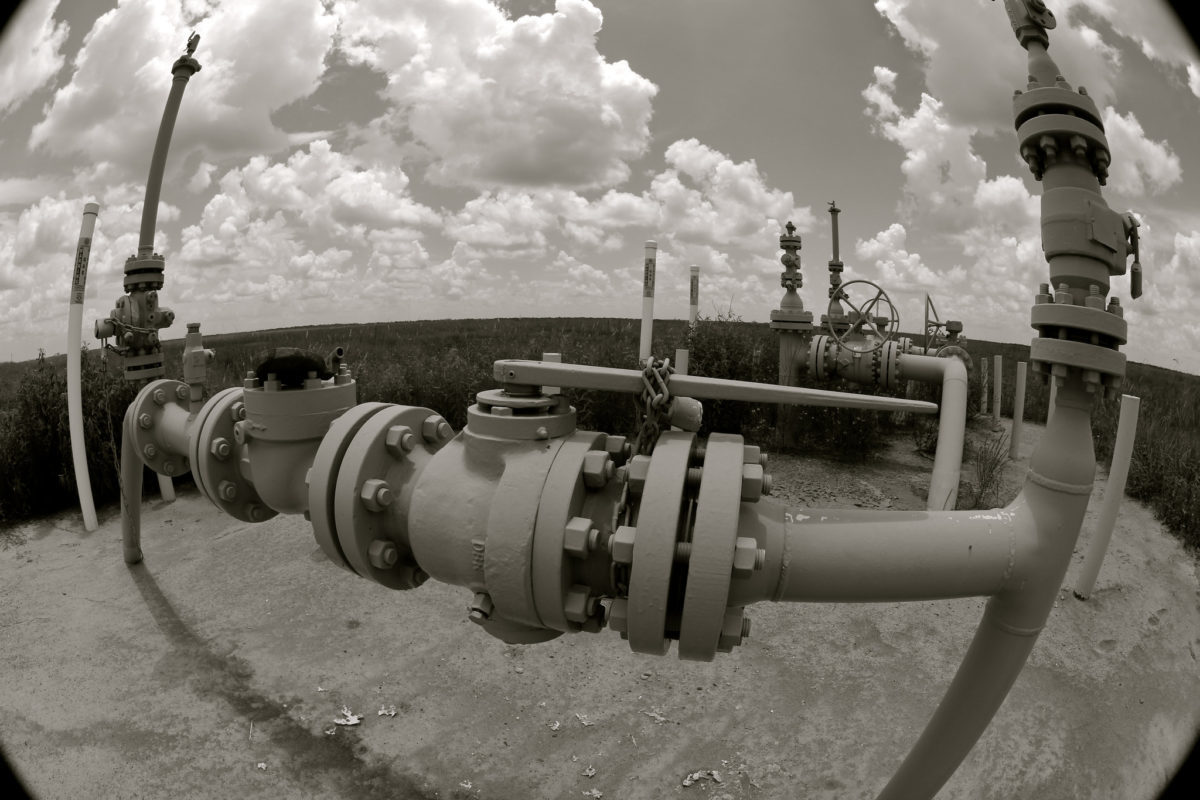The main message of BloombergNEF’s new Hydrogen Economy Outlook report is “mind the policy gap.”
Hydrogen could absolutely become the clean-burning, zero-carbon molecule to replace fossil fuels in hard-to-abate sectors of the economy, and has the potential to erase one-third of today’s global emissions from fossil fuels and industry if it is deployed for steelmaking, while also providing dispatchable energy, producing ammonia, and powering trucks.
Meeting the related 24% of energy demand with green hydrogen by 2050 would require massive amounts of additional renewable generation. To power the electrolyzers, some 31,320 TWh of electricity will be needed, which is “more than is currently produced worldwide from all sources,” says BloombergNEF.
And because this has to be added to the projected needs of the power sector — for which renewable generation will also need to expand — “total renewable energy generation excluding hydro need to top 60,000 TWh, compared to under 3,000 TWh today,” it estimates.
Opportunity knocks for solar generation, you might say, but consider that transporting and storing hydrogen at scale will require enormous investment in infrastructure – an estimated $637 billion throughout the world to 2050. And driving demand for green hydrogen will require $150 billion of cumulative subsidies by 2030.

Hydrogen writ large
BloombergNEF is talking big because demand for green hydrogen needs to become great enough to drive down production and storage costs. Bhavnagri says there are no viable small-scale stepping-stone applications for hydrogen as a result, which might be why it has failed to take hold in the past, and why the hydrogen bubble may again fizzle.
“The conclusion of our work in a nutshell is that hydrogen has a high potential if policymakers get serious about reducing emissions,” Bhavnagri told pv magazine on Friday.
It comes down to whether or not countries and the collective global economy want to get to net zero. “Once you set a net-zero target and are serious about putting policies and measures in place to achieve that, then hydrogen becomes a necessary option and has to play a very substantial role,” says Bhavnagri.
But without that clarity of purpose, he tells pv magazine, there is no need for hydrogen. And BloombergNEF’s work shows that “it won’t stand up, because hydrogen is a higher-cost, less convenient fuel than fossil fuels. Its real advantage is that it can be zero emissions.”
Save on shipping
Hydrogen as an export to replace Australian coal exports? A misplaced narrative, says Bhavnagri. “Nothing gets Australians excited like the prospect of putting some raw commodity on a ship,” he argues.
In fact the economics of shipping hydrogen are fantastically bad. For a start, it’s less dense than natural gas, and its liquefaction point is lower, requiring more effort, energy and churning shipping lanes to serve distant destinations. Bhavnagri says countries with high generation costs, like Japan and Korea, would be better off producing hydrogen onshore from expensive renewable energy than they would be importing green hydrogen by sea.
But Australia can indeed be a hydrogen superpower by using homemade green hydrogen onshore and exporting value-added products – green steel, green ammonia, green glass, green cement, and green aluminum, for example.
Potential powerhouse
With Australia’s outstanding renewable energy resource and a small population – modest local demand for land and energy – it has the ability to come near the bottom of the cost curve for hydrogen production.
BloombergNEF's analysis suggests that a delivered cost (including production, storage and transport) of green hydrogen of around $2 per kilogram could be achievable in places like China, India and Western Europe by around 2030. By 2050, most parts of the world should be able to achieve a delivered cost of hydrogen of $1/kg ($7.4/MMBtu).
“Costs could be 20-25% lower in countries with the best renewable and hydrogen storage resources, such as the US, Brazil, Australia, Scandinavia and the Middle East,” says BloombergNEF.
That’s the Australian advantage and the value in going early and going hard to capitalize on potentially low costs, to drive manufacturing of green products.
Future fallout
“If hydrogen becomes widely used globally and Australia does not restructure its exports to use it, it presents a significant risk,” says Bhavnagri. “A transition to hydrogen-based green steel internationally would decimate demand for metallurgical coal, one of Australia’s most valuable exports.”
Reality knocks for slow movers, and leaders are reminded to mind the policy gap.
The BloombergNEF study also found that a carbon price of $50 per tonne of CO2 would be needed for green hydrogen to bump coal from steel manufacture by 2050. Make that $78/tCO2 to make it the molecule of choice for manufacturing chemicals such as ammonia, and $145/tCO2 and a delivered cost of green hydrogen of $1/kg would see it powering shipping.
Bhavnagri estimates that heavy vehicles could be cheaper to run on hydrogen than diesel by 2031. But says hydrogen-powered passenger vehicles are another pipe dream, because batteries will be a cheaper solution for cars, buses and light trucks for the foreseeable future.
Infrastructure investment
Infrastructure investment, a universal carbon price, pumped-up renewable energy zones with integrated manufacturing – it all takes vision and the will to act.
Australia can’t do it alone, says Bhavnagri, even if its leaders were to show an appetite for carbon pricing and investment towards net-zero emissions. “This needs to be a global effort,” he adds, noting that the money and policy to match the broad-based enthusiasm for hydrogen are not yet on the table.
For its clients, who have been knocking down its doors for guidance on the potential for investing in hydrogen, BloombergNEF has compiled a list of seven signs that hydrogen is scaling up.

Edges of the pipeline
The costs of hydrogen may currently be high, but there are encouraging signs that they will fall. The price of Western-made alkaline electrolyzers fell 40% between 2014 and 2019, and Chinese-made systems are up to 80% cheaper than those produced in the West.
If production of electrolyzers can scale up and the cost of splitting water into its atomic parts continues to decline, BloombergNEF calculates that renewable hydrogen could be produced for $0.8 to $1.6/kg in most parts of the world before 2050. That would make it competitive with today’s natural gas prices in major markets such as China, India, Brazil and Germany on an energy-equivalent basis, and cheaper than hydrogen produced from natural gas or coal with carbon capture and storage costs included.
The subsidies required to kickstart large-scale production sound enormous, and could go as high as $150 billion, says Bhavnagri. But that's less than half of what governments around the world currently spend on fossil-fuel subsidies. That is not a punchline.
This content is protected by copyright and may not be reused. If you want to cooperate with us and would like to reuse some of our content, please contact: editors@pv-magazine.com.




2 comments
By submitting this form you agree to pv magazine using your data for the purposes of publishing your comment.
Your personal data will only be disclosed or otherwise transmitted to third parties for the purposes of spam filtering or if this is necessary for technical maintenance of the website. Any other transfer to third parties will not take place unless this is justified on the basis of applicable data protection regulations or if pv magazine is legally obliged to do so.
You may revoke this consent at any time with effect for the future, in which case your personal data will be deleted immediately. Otherwise, your data will be deleted if pv magazine has processed your request or the purpose of data storage is fulfilled.
Further information on data privacy can be found in our Data Protection Policy.